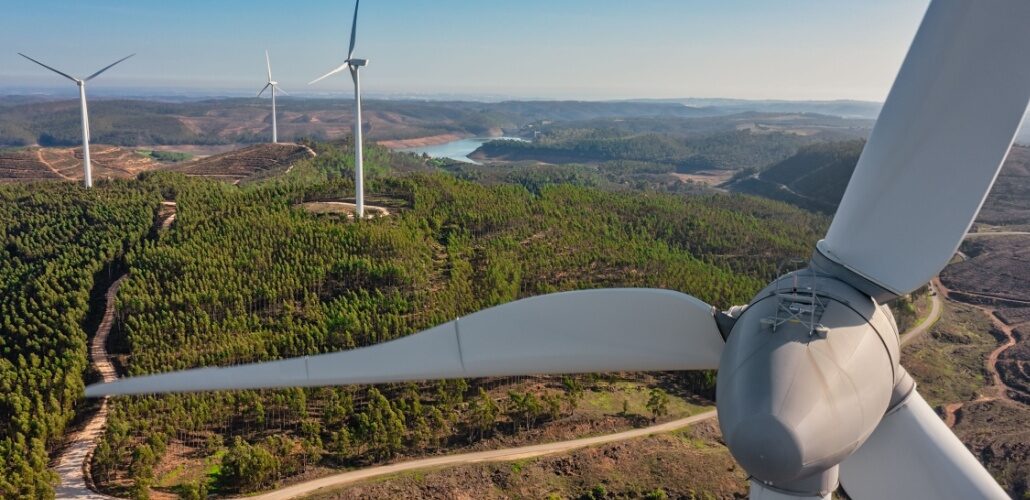Iberdrola to build Portugal’s largest wind farm
The project will have a capacity of 274 MW and will be built in the districts of Vila Real and Braga.

Image for illustration purposes.
Portugal, Vila Real/Braga: Iberdrola has obtained the latest environmental approval from the Portuguese government to build the country’s largest wind farm. It is taking a step forward in its expansion in the country, promoting the transition towards an economic model based on decarbonisation through renewable energies and independence from fossil fuels.
The project will have a capacity of 274 MW and will be built in the districts of Vila Real and Braga. It is the largest hybridisation project in the country, designed to take advantage of the grid injection point built at the Tâmega hydroelectric complex, and the first to combine wind and hydro power. Iberdrola obtained the second and last favourable environmental permit for the Tâmega Eólico project. This is the so-called DCAPE (Decision of Environmental Conformity of the Execution Project). The next step is to apply for a production licence from the Portuguese Directorate-General for Energy and Geology. Iberdrola’s objective is to obtain all permits and begin construction in early 2025.
The addition of wind power to the Tâmega hydroelectric complex increases the contribution of clean, cheap and competitive energy to the electricity system of these facilities and ensures that they supply the maximum amount of green energy originally authorised for each project. Having two technologies capable of alternating reduces dependence on changing environmental conditions and constraints due to lack of resources such as wind, facilitating stable and efficient production that optimises the infrastructure.
Hybrid generation plants use the same grid connection point and share infrastructures, such as the substation. In this case, this will require the construction of an extension that was already designed in the initial project, and the evacuation line for the electricity produced. They are located on land already used for renewable generation and allow for common roads and facilities for both technologies, resulting in a much lower environmental impact.
Source: Iberdrola
#Iberdrola#onshore wind#Portugal#Renewables#Tâmega Eólico#wind farm




